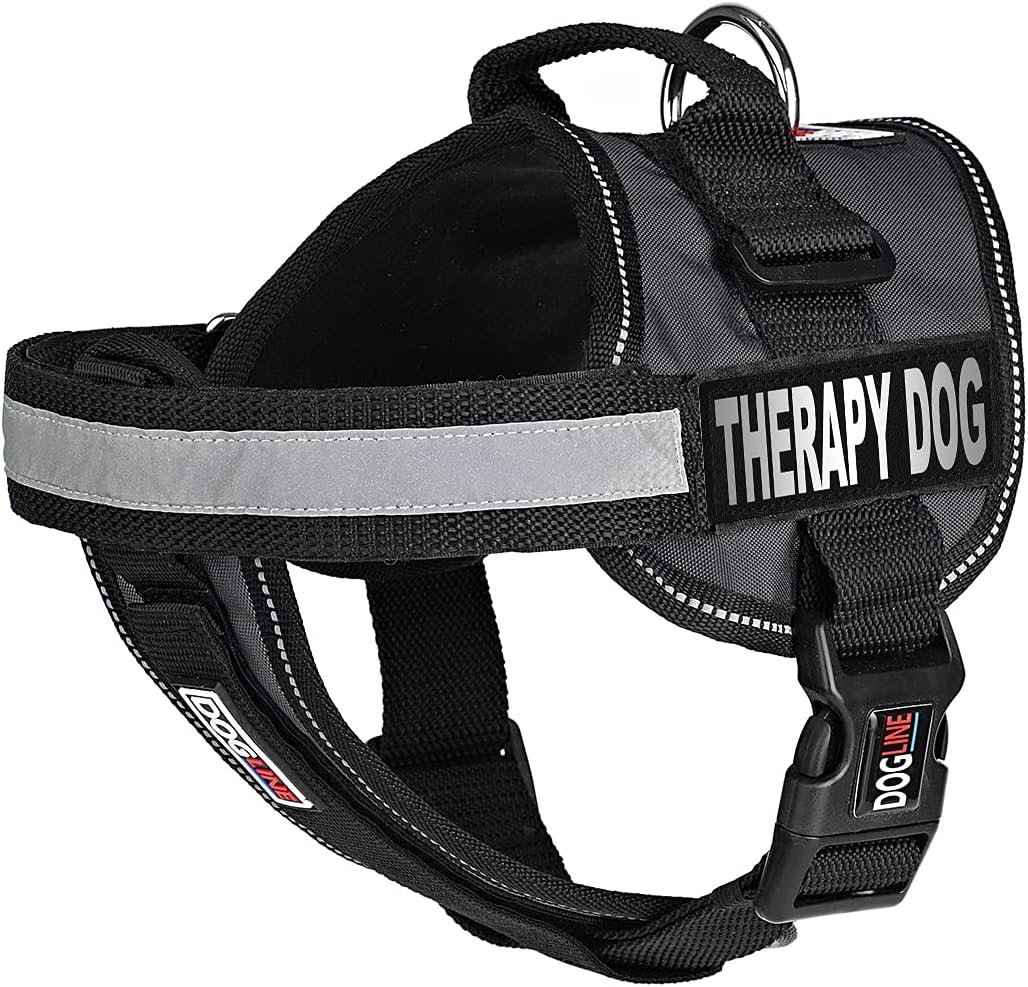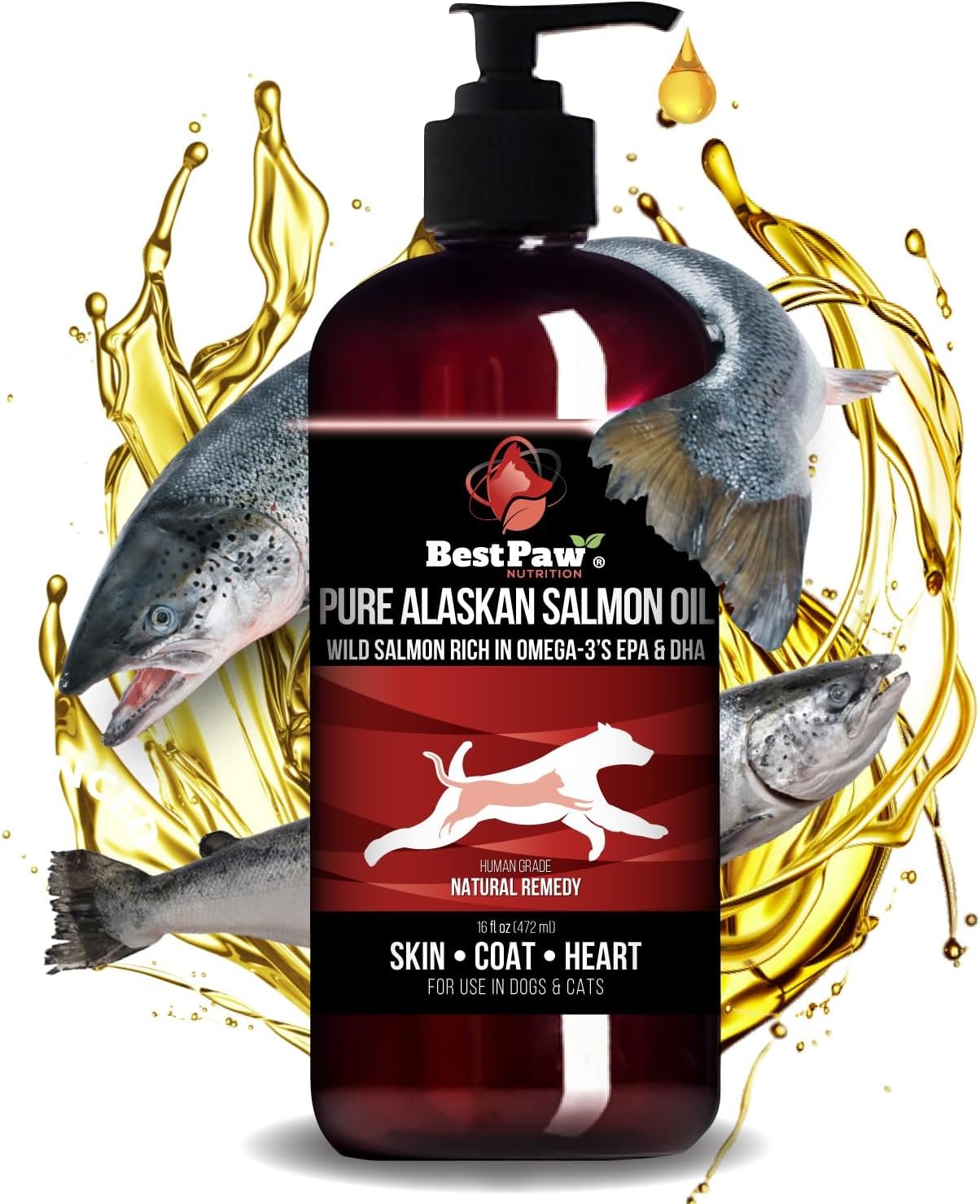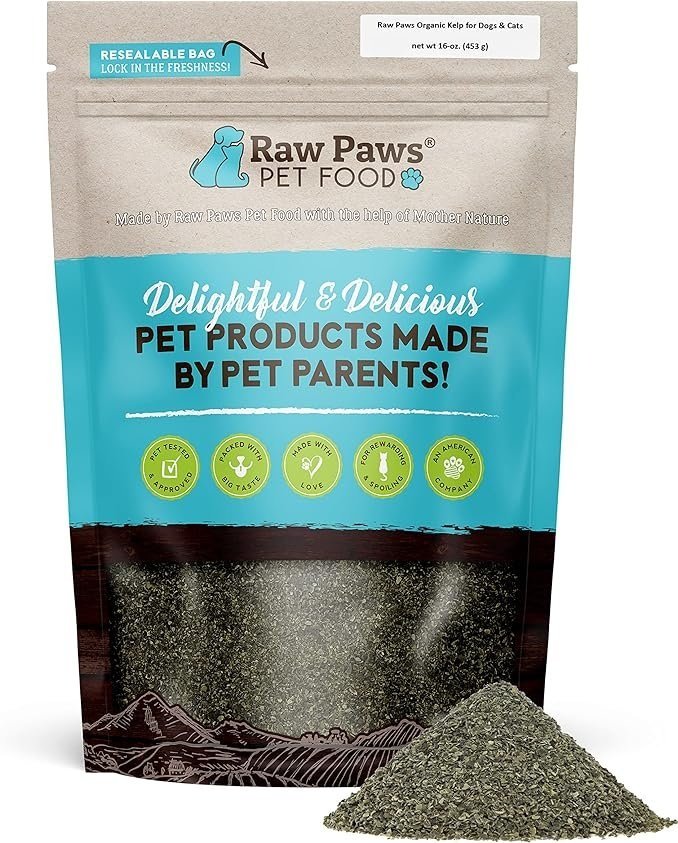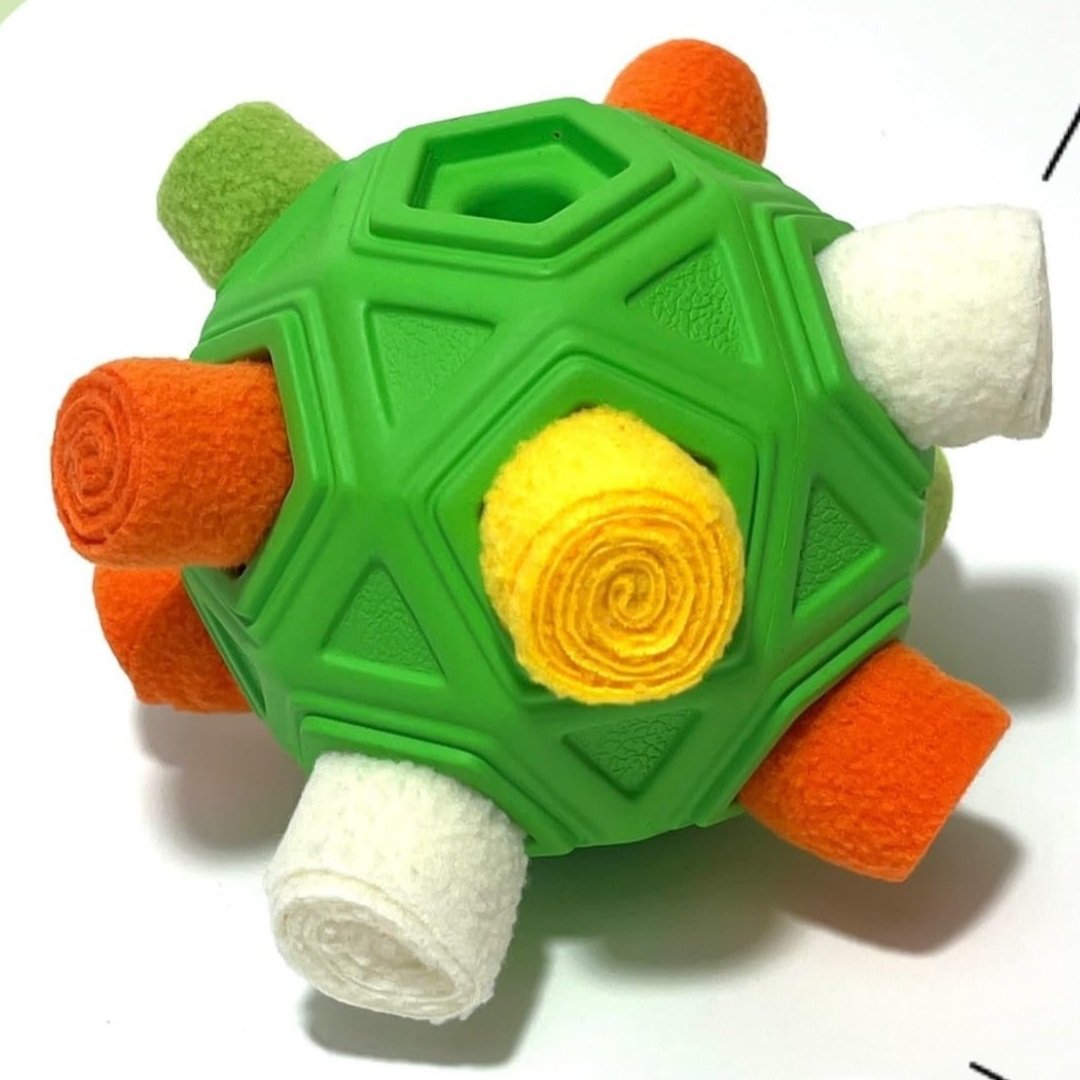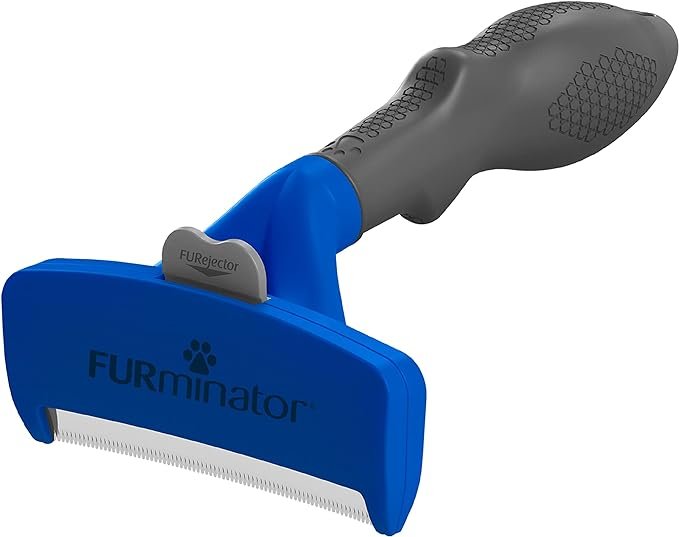
Therapy Dog Supplies
Gear and Treats for a Happy Animal-Assisted Speech Therapy Dog
Not sure what you’ll need for your speech therapy dog? Here’s the gear I can’t live without and the treats that keep my co-therapists’ tails wagging.
When you click a link, it’s likely an affiliate link and I will earn a small commission. It doesn’t cost you anything extra. If I haven’t personally used and love the product, you won’t find it here!
Identifying gear: Different designs each have their pros and cons and some therapy dogs prefer the feel of one over the other. I’ve used these three options and found them to be durable. The tactical vest allows you to attach small items for the therapy dog to carry or have materials velcroed to the side; it’s material is fairly flexible but covers most of the dog’s back which can inhibit petting. The traditional therapy dog vest allows easier petting but it somewhat stiff and bulky. Bandanas allow the easiest petting but is less identifiable to the public. Patches to add include “Therapy Dog” which can be paired with “In Training”.
Soft crate. Give your therapy dog a quiet break in this durable, attractive crate. Once you get the hang of it, this crate can be folded down in about one minute if you need to store it out of the way.
Natural dog treats* provide nutrition and tooth cleaning and are made in the USA. Great to use as special treats for when therapy dogs need to be confined or as a reward after a challenging session. To be safe, if children give the treat I do not allow them near the dog while he or she is consuming it and encourage hand-washing after handling. Pig ears, beef trachea, duck feet, and collagen sticks are my dogs’ favorites! (*see note at bottom of page)
Salmon oil is anti-inflammatory, helping with joints and skin allergies to keep your therapy dog healthy.
Dr. Buzby’s Toe Grips. If your office has slick floors that cause your therapy dog to slide or feel nervous, these grips can be left on for several weeks or removed between visits. Also great for retired arthritic therapy dogs that need extra traction.
24 inch diameter, 10 foot collapsible tunnel. Large enough for most kids and therapy dogs to play in, tunnels can be a great sensorimotor addition to a session. For safety, never allow child and dog in the tunnel at the same time.
Collar with engraved buckle. Reduce distracting jingling by having your contact information engraved directly on the collar instead of hanging tags. Add line “reward if found” so if your therapy dog is found wandering people know to call.
Clear velcro allows you to add signs alerting others to your therapy dog’s presence with a clean, professional look.
Sheepskin bed. This bed is thick enough to provide cushioning but thin enough to fold up right inside the soft crate. Easy to wash and durable. Sizes fit the soft crate to keep your therapy dog comfortable.
Charlee Bear treats. Small enough for a therapy dog to have many throughout the day but large enough for children to hold and no offensive sensory feel or odor. Need wheat-free for client or therapy dog allergies? Try the Charlee Bear Grain-free Crunch. More textured but still low smell and dry.
Carpet sweeper. For those moments between clients, this carpet sweeper is a low-tech, quiet way to get the worst of the therapy dog hair picked up from rugs. Won’t alarm waiting speech therapy clients with sensitive hearing.
Baby gate. Create a barrier to prevent family members from walking in unexpected or unsupervised while your therapy dog is present. This one was relatively easy to install and has held up to lots of rough handling by little kids!
“Stinky treats” for hiding in the puzzle and snuffle ball. Small enough to feed quite a few throughout a long day of animal-assisted therapy sessions.
Dog Appeasing Phermone. Vet recommended, natural way to help therapy dogs stay calm while in training, during stressful work days, or to help identify break areas for down time. Available as a spray, plug-in, or collar.
Quick on and off dog coat. For potty breaks on rainy or snowy days, this coat is water-resistant and takes seconds to put on to reduce wet-dog odor in the therapy office.
Puzzles for shared enjoyment and joint attention. Work with your client to hide treats ask “Where?” for a joyful session while also providing stimulation for your therapy dog. See video example here.
Luxury bed. A thicker and more fashionable dog bed, available in many colors and patterns. Easy to remove cover washes well and is highly durable. Add a touch of class for your therapy dog
Organic Kelp supplement. Full of trace minerals to maintain your therapy dog’s health, this supplement also helps keep breath and teeth clean.
Cuz dog toys. Available in several sizes, these durable toys bounce unpredictably which can be alerting for under-responsive clients, are easy for children to hold and toss, and add excitement to play breaks between animal-assisted speech therapy sessions.
Microfiber drying towel. If you live in a rainy or snowy area, being able to efficiently dry your therapy dog to minimize doggy odor is a must. These towels are the best I’ve found—they dry quickly, wash easily, and hold up to frequent use.
Kong Classic and related toys can be filled with treats to keep therapy dogs entertained when they need a longer period of down time or separation.
Great puzzle toy for articulation practice! Wrap treats in this “snuffle ball” for your therapy dog to find while practicing words like “roll”, “hide”, or “stuff” for engaging artic targets.
Treat pouch. Many designs available. I like this one because it clips on my belt or pockets and is easy to reach into, yet closes securely with drawstring when needed. Washable.
Riley’s pill wrap. If your therapy dog needs any medications, hiding the pill in a tasty treat is the way to go. Comes in many flavors; Johnny’s favorite is Cheese & Bacon.
Furminator shedding brush. Highly efficient brush for minimizing therapy dog hair around the office. Great for both single coated and double coated breeds.
* dehydrated meat treats are considered raw food and recommended against by some therapy dog organizations due to the slight risk of salmonella contamination. Do your research on the risks and benefits. I bake these treats upon purchase to sufficiently kill any remaining pathogens, have a hand-washing routine with clients, and give families the option to opt-out of treat-feeding interactions if there are concerns about disease transmission.


